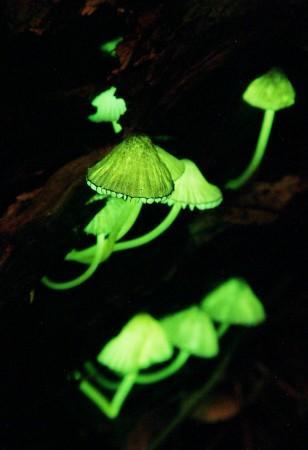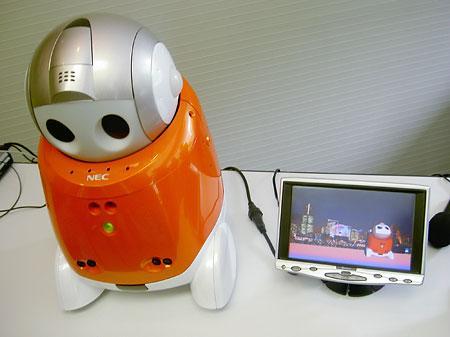=========================
*** Watch the VIDEO ***
=========================
On May 30, a Japanese research team videotaped a one-meter long coelacanth in its natural habitat in the waters off the coast of Indonesia's Sulawesi island. According to the announcement by Aquamarine Fukushima -- a marine science museum located in Fukushima prefecture -- this is the first video of a coelacanth in its Indonesian habitat since a German team videotaped one in 1999.

Researchers at Aquamarine have been studying the coelacanth since the facility opened in 2000, and a research team has been stationed in Indonesia since last year. Researchers used a camera mounted on a remotely operated vehicle (ROV) to shoot a 10-minute video of the coelacanth. The video reportedly shows the fish lurking in a rocky cave located about 500 meters off the coast of Buol in northern Sulawesi, at a depth of about 170 meters. The museum has not indicated when the video will be shown to the public.
"The camera light caused the fish's eyes to glow green. It was there. Its body was dark blue," the research team reported to museum director Yoshitaka Abe on the telephone.
"Congratulations. Well done," Abe told the researchers. "This is a big first step in our research."
UPDATE (June 2, 2006): This translation was referenced by Loren Coleman on Cryptomundo, where you can find a lot of interesting background info about the coelacanth. He also discusses the potential significance of the reported "dark blue" color of the one caught on this video (Latimeria menadoensis, the Indonesian species, is supposed to be brown).
The German team that first filmed the coelacanth in Indonesia in 1999 was led by one Hans Fricke (See: http://www.dinofish.com/jago.html). I could not find his video of the Indonesian coelacanth online, but I came across these fantastic videos he shot of the African species (Latimeria chalumnae). In one of them, a coelacanth displays its trademark "handstand" posture.
[Sources: Jiji, Chunichi Shimbun]


 With the arrival of Japan's rainy season, a mysterious type of green, glow-in-the-dark mushroom begins to sprout in Wakayama prefecture. The Mycena lux-coeli mushrooms, known locally as shii no tomobishi-dake (literally, "chinquapin glow mushrooms"), sprout from fallen chinquapin trees. As they grow, a chemical reaction involving luciferin (a light-emitting pigment contained within the mushrooms) occurs, causing them to glow a ghostly green.
With the arrival of Japan's rainy season, a mysterious type of green, glow-in-the-dark mushroom begins to sprout in Wakayama prefecture. The Mycena lux-coeli mushrooms, known locally as shii no tomobishi-dake (literally, "chinquapin glow mushrooms"), sprout from fallen chinquapin trees. As they grow, a chemical reaction involving luciferin (a light-emitting pigment contained within the mushrooms) occurs, causing them to glow a ghostly green. Japanese scientists researching the prospects of long-term human settlements on Mars are dreaming up ways to address the challenges of Martian agriculture. At a recent meeting of the
Japanese scientists researching the prospects of long-term human settlements on Mars are dreaming up ways to address the challenges of Martian agriculture. At a recent meeting of the  In an effort to further promote Japan?s robot industry, the Ministry of Economy, Trade and Industry (METI) plans to establish an annual Robot of the Year Award to recognize outstanding robots developed and put into practical use each year.
In an effort to further promote Japan?s robot industry, the Ministry of Economy, Trade and Industry (METI) plans to establish an annual Robot of the Year Award to recognize outstanding robots developed and put into practical use each year.
 According to NAOJ, the comet is disintegrating as it orbits the sun, and has broken into at least 50 pieces. The Subaru Telescope images show 13 small fragments near the bright Fragment B. The researchers plan to compare the images with observation data from other telescopes to get a better understanding of the comet's disintegration.
According to NAOJ, the comet is disintegrating as it orbits the sun, and has broken into at least 50 pieces. The Subaru Telescope images show 13 small fragments near the bright Fragment B. The researchers plan to compare the images with observation data from other telescopes to get a better understanding of the comet's disintegration.
 On May 8, researchers from
On May 8, researchers from